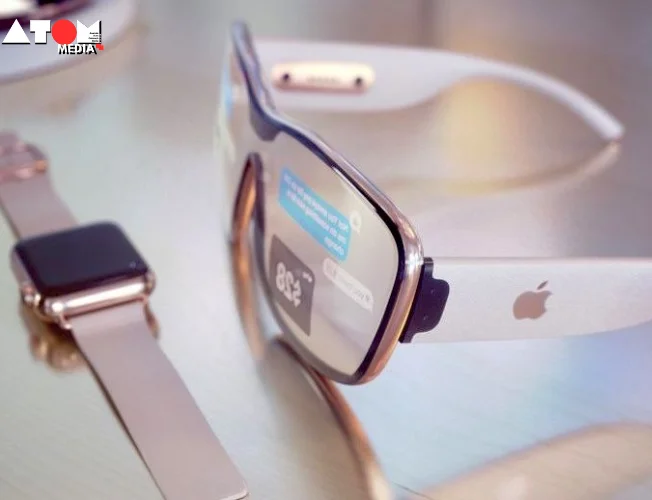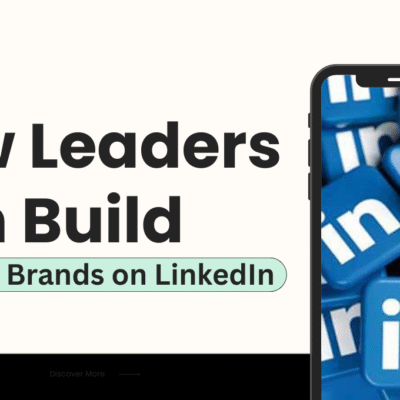Apple’s foray into augmented reality (AR) smart glasses has attracted a lot of interest and conjecture in the field of wearable technology. Apple Glass, as the notion is often called, is a concept that aims to transform how people interact with technology by seamlessly integrating digital information into the real environment. Though there has been much talk about Apple Glass’s potential, new information suggests that it may take longer than expected to launch.
Origins and Conceptualization
Apple’s venture into AR glasses has been the subject of years’ worth of leaks and rumours, propelled by pronouncements from industry analysts, insider accounts, and patents. The concept behind Apple Glass is to combine augmented reality features with wearable technology to provide people with improved digital experiences superimposed over their physical environment. This idea fits with Apple’s philosophy of fusing cutting-edge technology with user-friendly interfaces, as demonstrated by the company’s prior successful product introductions, such as the iPad and iPhone.
Development Challenges and Technical Hurdles
Despite the lofty goal, there have been a number of obstacles in the way of Apple Glass’s development, mostly pertaining to user experience and technological viability. According to credible reports, Apple is facing significant challenges with respect to battery life, hardware component miniaturisation, and integrating augmented reality functions seamlessly without sacrificing device weight or comfort. These elements play a part in the prolonged timetable for the release of Apple Glass; insiders say that major developments must yet occur before a commercial launch is feasible.
Strategic Shifts and Focus Areas
Recent changes to Apple’s product plan have also had an impact on Apple Glass’s development path. Apple is said to have put a halt to development on the next-generation Vision Pro headset, a high-end augmented reality gadget targeted at professionals, in a significant strategic change. Rather, the business is refocusing its efforts on creating a less expensive headgear that will be available by the end of 2025. This choice demonstrates Apple’s ability to adjust its product lineup to changing user needs and technology environments while also taking into account market dynamics and consumer preferences.
Market Expectations and Competitive Landscape
Apple’s competitors and industry analysts are keeping a close eye on the company’s progress and possible market impact as it works through the challenges of developing AR glasses. Despite its youth, the augmented reality industry has enormous potential for revolutionary uses in a range of fields, including as enterprise solutions, gaming, healthcare, and education. It is anticipated that Apple’s foray into this market will spur innovation, quicken acceptance, and establish new standards for the capabilities of AR devices and user interaction.
Potential Features and Innovation
Apple Glass rumours imply that the gadget might include more sophisticated functions than just basic augmented reality capabilities. There are rumours that supercharged AirPods with integrated health sensors may be released, which would increase the device’s usefulness as a complete wearable tech solution. With its diverse positioning, Apple Glass is positioned not just as a stand-alone augmented reality headset but also as a part of an integrated ecosystem that provides improved user experiences and seamless connectivity among other Apple devices.
Impact on Consumer Behavior and Adoption
The widespread adoption of Apple Glass and customer behaviour may change as a result of its successful debut. With its immersive and interactive qualities, augmented reality has the power to completely change the way people engage with both digital and real-world content. Expectations of extensive acceptance among current Apple device users are further supported by Apple’s ecosystem integration and brand loyalty, which make the shift to AR-enabled experiences and applications smoother.
Roadmap to Commercialization
Although specifics concerning Apple Glass are yet unknown, the company’s calculated moves and slow advancement suggest that it is taking a calculated strategy to guaranteeing both product readiness and market acceptance. Overcoming technical obstacles, streamlining manufacturing procedures, and carrying out comprehensive user testing to improve user interface and experience are all significant checkpoints on the road map for commercialization. In order to meet Apple’s reputation for quality, dependability, and innovation, iterative processes are essential.
Industry Implications and Ecosystem Integration
Apple Glass has ramifications for many industry sectors than only consumers, including as retail, healthcare, architecture, and entertainment. Demand for specialised AR applications and content development is being driven by the promise of increased productivity, efficiency, and creativity that comes with integrating AR technology into professional workflows. Collaborations with independent developers and content producers are anticipated to be essential to growing the AR ecosystem and promoting creativity in a variety of industries.
Final Thoughts: Looking Forward
Talks within and outside of the tech industry are fueled by anticipation and conjecture as Apple moves closer to bringing Apple Glass’s vision to life. The progression of augmented reality from specialised uses to widespread integration highlights the revolutionary possibilities of wearable AR gadgets such as Apple Glass. Despite ongoing difficulties, Apple is positioned to lead the way in defining the direction of wearable technology and augmented reality thanks to its dedication to innovation and user-centric design.
Read more: Marketing News, Advertising News, PR and Finance News, Digital News





